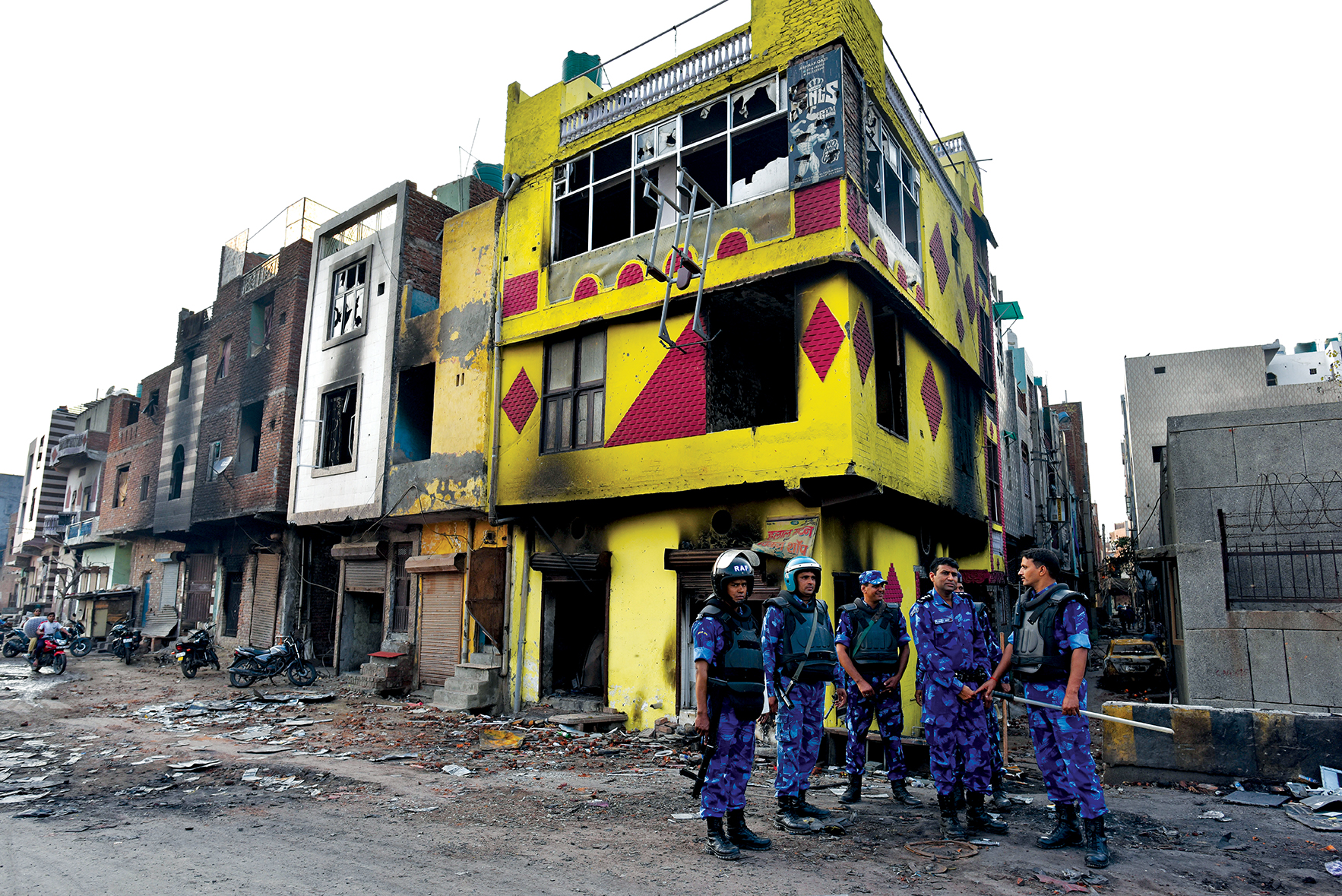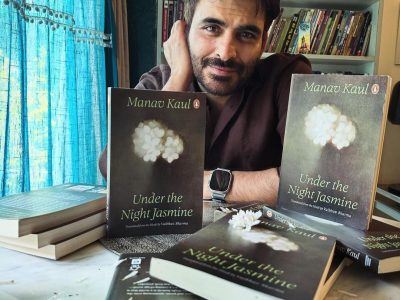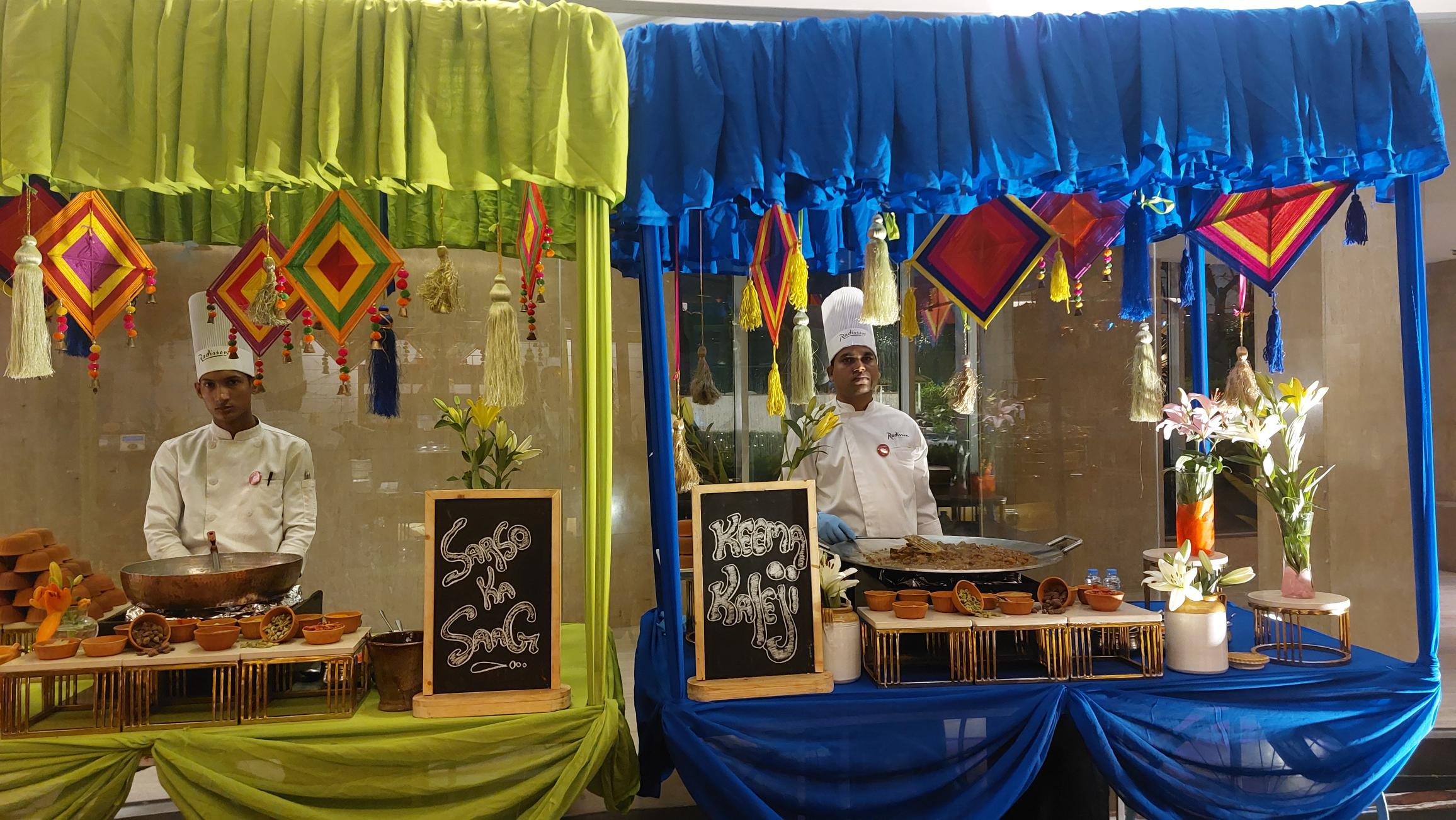As a journalist, I’ve had many experiences, but reporting on the ground during the riots was both scary and exciting at the same time
When I first read on the Internet about the violence in North East Delhi, I was at home enjoying my weekend. I thought that it was just a part of the ongoing anti-CAA protests that have dominated the city for the past few months and would die down in a day or two.
On February 24 (Monday), the viciousness of the incident slowly became apparent and by night the news media confirmed that it had turned into a full-fledged riot. I had other assignments to do that week, but seeing the situation unfolding so close to home, and being the curious journalist that I am, I decided to go visit the area the next morning.
I knew some Metro stations were closed, hence I took a Metro to Anand Vihar and a cab to Jaffarabad — the area where the violence had begun. But the drivers who called to ask my drop location cancelled. Fifteen minutes and several cancellations later, a driver finally agreed to take me there, but said that he would drop me midway if he senses any danger in the area. I agreed.
As I entered that part of Delhi, I found that the roads were almost deserted — with a few people visible here and there. At one point on the road, the driver suddenly stopped the car and said, “Bhaisaab, aur agey nahin jaana, aap utar jaao” (I won’t go further, please get off). I pleaded with him to take me to my destination, and assured him that nothing would happen to him since I had a press card. But still, he refused. He dropped me about 3 km from Jaffarabad Metro station, and I had no choice but to walk the rest of the way.
Yes, I had my press card, but the silence on the streets was absolutely deafening. There were armed policemen guarding the area, and the situation made me question my decision of visiting the area. However, I decided to move on.
As I walked down the road, and crossed Metro station, I could see hints of the mayhem that had taken place. Stones were littered all around the road, and there were police barricades all around the area. It was quite scary, to be frank.
After walking a bit further, I saw someone with a bike coming near me. He stopped beside me and asked where I was going, adding it was not safe to be in the area. I showed him my press card and said I was here to cover the riots. And then, I asked him if he could give me a lift around North-East Delhi. At first, he refused, saying that he could only offer me a ride outside the area. But as I offered some money, he agreed reluctantly. “Kuchh nahin hoga bhaiya, press walo ko kuchh nahi karte yeh log” (Nothing will happen, these people won’t attack the press), I assured him, and perhaps myself too.
We rode the bike and slowly crossed the riot-affected areas, but everything seemed abnormally calm. As we entered Bhahanpura area, things started to get a little unnerving. I could smell something burning, and saw smoke rising at a distance. There were stones scattered across the area. We could see shops whose banners were tattered, and whose glasses were broken.
However, as we neared Khajuri Khas, there was something that happened that still makes me a bit shaky. As we were travelling down the road, a group of five men stopped our bike. One of them had a hockey stick in his hand. A boy roughly in his early 20’s, who seemed to be the leader of the pack, sauntered up and asked for our names and identity cards.
The boy was dressed casually in a blue shirt and a pair of jeans. He was tall and lanky, and judging from his accent, it seemed he was somewhere from Haryana. He then saw both our ID’s — his Aadhar Card and my press card.
“Achha aap mediawale ho” (So you are in the media), he said with a hint of arrogance. “Lekin aap Hindu ho ya Mulla?” (But are you a Hindu or a Muslim?) he asked. I was surprised,and said that I was a Hindu, and asked him to check my surname. He said that he saw it, and wasn’t sure of my religion, as he hadn’t heard of my surname ever before. “Yeh kuch ajeeb sa lag raha hai” (The name seems a bit strange), he said, his gaze beginning to harden. My accomplice wasn’t questioned, he was a Sharma.
My heart started to race, and I feared for worst. But in this tense situation, my nerves somehow hardened, and I asked which party he belonged to, in quite an overpowering tone. He seemed started at the sudden question and answered that he was nothing but a proud Hindu. I then took out my mobile phone, googled Dilip Ghosh, who is the BJP’s president in West Bengal. I told him “Look at this, I share the same surname with the state president of the party you belong to”. He seemed perturbed, and then asked his friends to leave us.
My driver was visibly shaken at this incident, and pleaded with me to leave the area immediately. I didn’t object and asked him to drop me somewhere safe. He drove all the way to Anand Vihar, and I handed him Rs 200 as a token of my gratitude, and took the next Metro back home to Noida.





